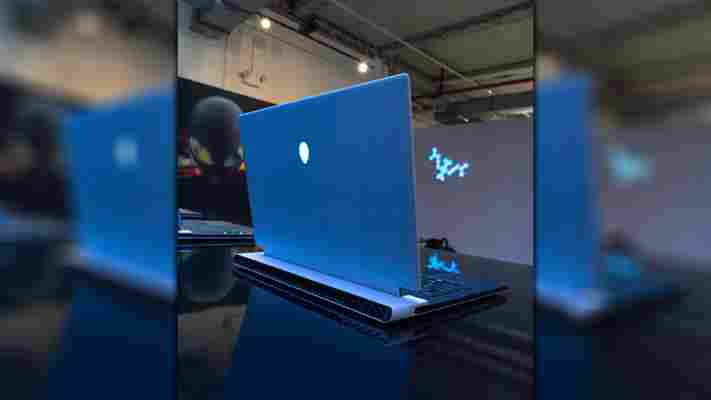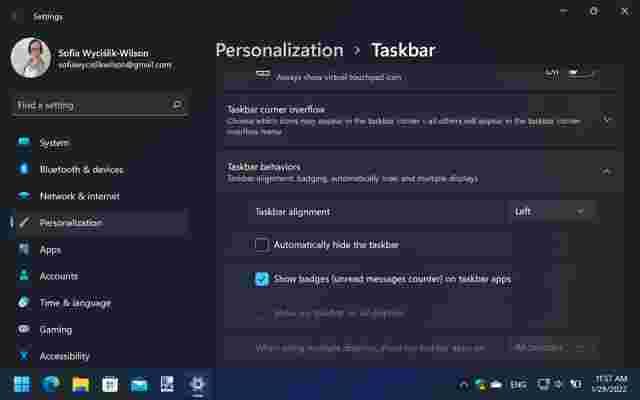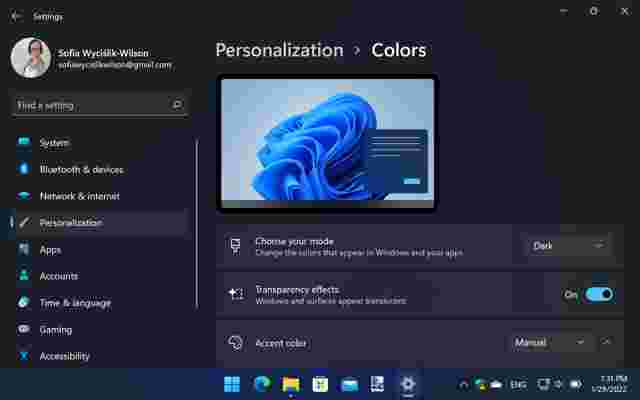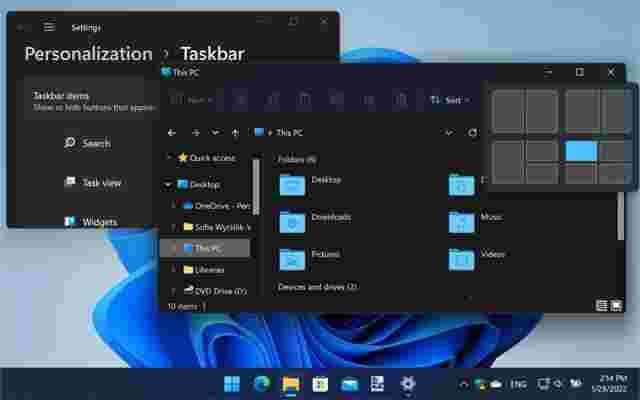India will be happy to return to home turf after a disappointing recent series on the road. They now host the West Indies across six white-ball games. First up are a trio of ODIs in Ahmedabad and you can find out how to watch an India vs West Indies live stream from wherever you are in the world on this page.
The series casts a new dawn for the Men in Blue, with Rohit Sharma captaining the ODI side for the very first time. Virat Kohli's shoes will obviously be huge ones to fill, but having the chance to find his feet on home territory against the team ranked only eight in the world should give Rohit ample opportunity to make himself comfortable – especially as the visitors' last couple of ODIs ended in defeat... to Ireland.
Those embarrassing home losses for the West Indies may have been somewhat cushioned by their T20 victory over England last month, but Kieron Pollard's men will seriously need to improve as they head to the hostile - if fan-free - conditions of Ahmedabad.
The road to the 50-over 2023 World Cup continues here and you can follow our guide for all the details you need to find a reliable India vs West Indies live stream and watch the ODId online from anywhere.
How to watch India vs West Indies ODI cricket from outside your country
This ODI series is being broadcast in cricket-loving countries around the world, and we've listed options in several countries below.
But if you're abroad at the moment, you'll inevitably find that you can't access your home broadcaster's stream. To get around this geo-blocking (and assuming it complies with the Ts&Cs of the broadcaster in question), you can download and use a VPN .
Use a VPN to live stream cricket from anywhere

Live stream ODI cricket in India

How to watch India vs West Indies in UK

India vs West Indies live stream: where to watch in the US (and Canada)
How to watch India vs West Indies: live stream cricket in Australia
Alienware shows off its new laptops at CES 2022, featuring new chips and DDR5
Alienware just unveiled this year's lineup of laptops at CES 2022 , including a svelte 14-incher that is sure to please any gamer who wants a good mix of performance and portability.
Starting with the x-series, we have the Alienware x15 R2 and x17 R2 refreshes, featuring new 12th-generation Intel Alder Lake mobile chips, DDR5 memory, and Nvidia RTX 30-series graphics.
The x15 R2 will come with either a 300-nit 165Hz FHD or 360Hz FHD display, or a 400-nit 240Hz QHD display, all with Nvidia G-Sync. The x17 R2 will have options for a 300-nit 165Hz or 360Hz FHD panel, as well as a 500-nit 120Hz 4K panel.
All x15 R2 and x17 R2 configurations also come with Dolby Vision and Dolby Atmos certification.

The new Alienware x14 is the thinnest 14-inch gaming laptop ever at just 0.57 ins. (14.5mm), and also features the latest Intel Alder Lake Core i7-12700H chip, with 16GB or 32GB LPDDR5, and Nvidia RTX 3050, RTX 3050 Ti, or RTX 3060 graphics.
The base power draw for the GPU is 60W, but the RTX 3060 configuration bumps this up to 85W with Dynamic Boost, so you don't need to sacrifice too much performance for thinness. It's also the first 14-inch laptop to support Nvidia G-Sync and advanced Optimus tech.
The Alienware m15 and m17 gaming laptops also got refreshes this year, with the m15 R7 coming in both AMD and Intel varieties, including the new AMD 6000-series mobile processors and Radeon mobile graphics.
The m17 R5 and m15 R7 Ryzen Edition configurations take full advantage of the latest AMD technologies like AMD SmartShift Max, SmartAccess Memory, and SmartAccess Graphics, while also supporting dual-channel DDR5 memory.
Alienware also introduced a couple of new wireless peripherals, the Tri-Mode Gaming Headset and Tri-Mode Gaming Mouse.
The Tri-Mode headset features 40mm audio drivers with support for Dolby Atmos surround sound with active noise canceling. It connects via Bluetooth or 2.4GHz wireless, and has a claimed battery life of 30 hours on wireless and 55 hours on Bluetooth with Fast Charging for up to six hours on just 15 minutes of charge.
The Tri-Mode gaming mouse is an ambidextrous design that connects via 2.4GHz wireless or Bluetooth, and has a claimed battery life of 140 hours over wireless and 420 hours over Bluetooth. Fast charging tech will get you up to 20 hours of use off a five minute charge.
It also has a max sensitivity of 26K DPI, eight programmable buttons, and a magnetic snap charging adapter. The wired and 2.4GHz polling rate is listed as 1,000Hz, but Bluetooth 5.1 only has a 125Hz polling rate, so if you plan on doing any precision gaming, you're better off using the 2.4GHz wireless or wired connections.
20 tips and tricks for Windows 11
Every new version of Windows is met with a mixture of excitement for the new features that have been added and a sense of trepidation for the changes involved. But something all Windows users can agree on is that they want the best and fastest experience possible.
So whether you're a Windows veteran who's getting used to the new look and feel of the operating system, or a first-time user of Windows, we have gathered an essential collection of tips and tricks you need to get the most out of Windows.
Some will let you stamp your mark on Windows 11 and make it your own, others will speed up the way you use the OS. But they all have one thing in common – they improve Windows in some way.
1. Move the Start button

You will notice that the Start button and icons in the taskbar are centered – this is not something that's to everyone's liking. If you would prefer the Start button to be in the left-hand corner as it always has been, right-click an empty section of the taskbar and select Taskbar settings . Click the Taskbar behaviors section to expand it, and then select Left from the Taskbar alignment drop-down menu.
2. Enable dark mode

The option to switch to a darker color is a trend that has hit many different applications, and Windows 11 does not miss out. If you prefer darker tones, right-click an empty section of the desktop and select Personalize before clicking the Color section. From the drop-down menu labeled Choose your mode , select Dark .
3. Use Snap layouts

If you have several applications running and multiple instances of Explorer open, it can be difficult to organize the windows on the screen for easy navigation. Windows 11's Snap feature could be the solution you're looking for. Hover your cursor over the Maximize/Resize button and you can choose a layout to quickly arrange open windows. There are several to choose from, each suited for different tasks and screen sizes.
4. Hide unwanted Taskbar buttons
Next to the Start button, you will see the Task view and Widgets buttons. If you don't need these, you can hide them by right-clicking an empty section of the taskbar and selecting Taskbar settings . You can then toggle Task view and Widgets on and off. You can do the same with Search and Chat buttons.
5. Banish distractions with Focus assist
Focus Assist can be used to prevent notifications from appearing when you need to limit distractions and get on with work. Open Settings and move to the System section followed by Focus assist . If you select Alarms only , alarms are the only notifications that will disturb you. You can use the Priority only option to choose other notifications that should also be permitted, and choose times that Focus assistant should be automatically enabled.
6. Exclude Edge in Alt + Tab
You're probably used to using the Alt + Tab keyboard shortcut to switch between open applications and windows. With Windows 11, you can also include browser tabs from Edge in the Alt + Tab list for easy navigation. Open Settings and head to System > Multi-tasking , and then use the drop-down menu in the Alt + Tab section to choose Open windows only to ignore Edge tabs.
7. Make use of widgets
Widgets are mini-apps that are displayed in a small pop-up window when you click the Widgets button in the taskbar – the blue-and-white button next to the Start button. You can customize the widgets you see by clicking the button followed by your profile picture to the upper right. Click the + button next to a widget preview to add it to the display. Back at the main widget panel, unwanted widgets can be removed by clicking the x in their upper right-hand corner.
8. Start menu shortcuts
Right-click the Start button – or press Windows + X – to display a handy menu providing easy access to a number of Windows 11 components. This includes a link to Explorer, Settings, and sections of the Control Panel.
9. Enhance your sound
Whether you're listening with speakers or headphones, Windows 11 can make your audio sound better. Right-click the volume icon in the taskbar and select Sound settings . Click the arrow to the right of the audio device you are using, scroll down through the options and move the toggle labeled Enhance audio to the On position.
10. Pin frequently used apps
The apps you use most can be pinned to the taskbar or the top of the Start menu for easy access. Click the Start button, locate the shortcut for an app you use a lot, and right-click it. From the menu that appears, you can select the Pin to Start or Pin to taskbar option – whichever you prefer.
11. Customize the Start menu
There is a lot of content you can show or hide in the Start menu. Open Settings, head to Personalization > Start, and use the toggles to enable or disable recently added apps, most-used apps, and recent items. If you click Folders , you can add shortcuts to various options – like Settings, Explorer, or specific folders – using the appropriate toggles.
12. Expanded right-click menu
Windows 11 has a redesigned context menu (the one that appears when you right-click on files and folders in Explorer) and you may find that some options you are used to are missing. You can access the old-style menu by clicking Show more options at the bottom of the context menu, or by selecting a file or folder and pressing Shift + F10 .
13. Clear the decks
You can use the keyboard shortcut Windows + D to minimize all open windows but there is another option. Open Settings , go to System > Multi-tasking and move the Title bar window shake toggle to On . Now, when you click the title bar of an open window, keep the left mouse button pressed, and shake from side to side, all windows except the selected one will be minimized.
14. Handy Settings shortcut
There are lots of handy keyboard shortcuts to learn in Windows 11, but one of the most useful for anyone who is frequently changing settings is Windows + I . Pressing this key combination will open the Settings app.
15. Custom screenshots
You probably know that you can take a screenshot of what you see in front of you by pressing Print Screen and then pasting the contents of the clipboard into your favorite image editor. But if you press Windows + Shift + S , you'll launch the Snipping Tool app, which can be used to take a screengrab of just a portion of your desktop or any open window.
16. Quickly launch pinned apps
If you have shortcuts pinned in the taskbar, you already have an easy way to launch your most frequently used apps. But you can also press Windows + 1 to launch the app whose icon is in the first position, Windows + 2 to open the second, and so on.
You can even press multiple numbers at once to launch two or more apps simultaneously – pressing Windows + 3 + 4 will launch the apps whose shortcuts are third and fourth in the taskbar, for instance.
17. Type faster with Voice typing
If you want to input text a little faster, you could try talking to your computer instead of using the keyboard. Press Windows + H to launch Voice typing which you can then use to dictate text rather than typing it out by hand.
18. Check battery usage
If you're on a laptop, you will probably want to maximize the life of your battery. When you're away from a power source, you can check which apps are eating up the most battery by opening Settings and heading to System > Power & battery .
Click View detailed info next to the handy graph of battery usage and you will see a list of battery-hungry apps. You can close down any that are unnecessary or manage their background activity via the three-dot menu next to the app's entry in the list.
19. Use virtual desktops
It is easy to run out of space on your desktop, or get lost in a sea of windows – and this is where virtual desktops can help. Click the Task View button next to the Start button and then click New desktop to create a new virtual workspace. You can use this – and any more you create – just like your normal desktop. Switch between them by holding Windows + Ctrl and pressing the left or right arrow key.
20. Customize Quick Settings
Click the Network/Volume/Power button in the taskbar, and you'll see Quick Settings which gives easy access to key options and settings. You can remove items you don't need or add new ones that are missing by clicking the pencil button, then click the 'unpin' button next to an unwanted item, or hit Add to choose more.